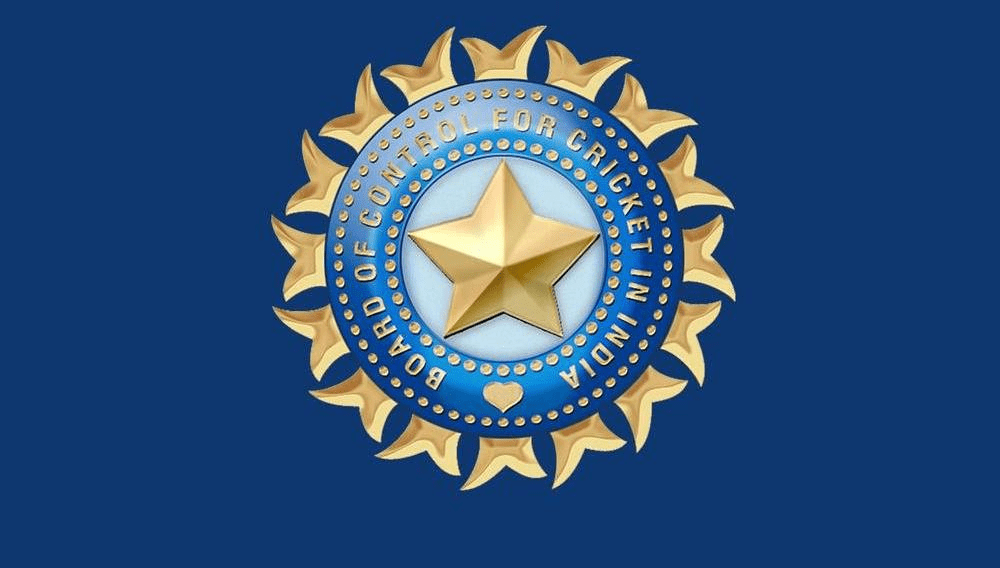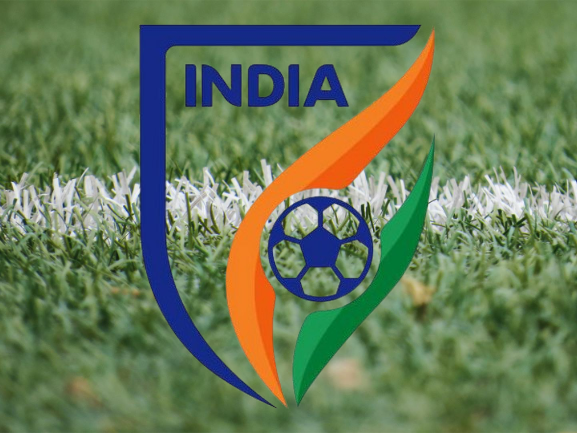India, a nation with a billion people, practically sees cricket as a religion. Can India ever conquer the football pitch? Football, which is considered the king of sports, has millions of fans in India as well, but why can’t India make it big in football?
Currently, India’s position is 126 in the FIFA world rankings. It reflects how far behind India is. However, there is a considerable audience for football. Indians are surely a football-loving nation, but that doesn’t quite reflect on the pitch. A tower needs a solid base, and Indian football needs a solid grassroots structure. Three important steps for this are:
- The need for more trained coaches
- Increasing infrastructure and resources
- Creating more ground-level youth leagues
The All India Football Federation (AIFF) has declared to do all the things mentioned, like starting youth leagues and increasing participation, but that is still not enough. India still lacks grassroots investment, increased participation, and an optimized framework. While grassroots development is important, reorganizing the senior leagues should also be the utmost priority. Currently, the Indian Super League (ISL) is the top tier of Indian football. Although the idea and structure behind ISL are working, it needs some restructuring.
The Rise of ISL
No one can deny that the rise of ISL was transformative for Indian football. In its initial days, it attracted a lot of world superstars like Roberto Carlos. Slowly, the attraction has faded away. From the youth level to senior leagues, every league needs to be restructured, adding or dividing more teams into groups. It is also necessary for AIFF to check whether clubs are maintaining financial stability. Some of the legendary Goan teams have shut their shops, while others are struggling due to financial crises. AIFF needs to find out why this is happening again and again. For example, anyone who follows Indian football knows about the situation Hyderabad FC was in.
It is also important to keep in mind that buying foreign stars might be crucial, but ultimately it is the Indian Super League, so AIFF should direct clubs to focus more on young Indian talents. Some of the things ISL and AIFF should do are to make ISL a 20-team league and start relegation. The current 13-team structure with no relegation is a hindrance to development, as some clubs are just happy to stay as they are. With an increase in competition, it will bring more sponsorships and more young talents.
Another important aspect to look into is recruiting the right managers, coaches, and support staff for the national team. The manager or coach should have a long-term plan and know what to do. One of the things the Indian national team is not doing is playing enough strong opponents, and AIFF is surely to blame for that.

The management of AIFF needs patience and perseverance. Development is not a sprint; it is a marathon. Making India a footballing nation will take a lot of effort and time, and there are no shortcuts. India needs a sustainable structure, grassroots nurturing, and the building of a football culture in the country. Passion for football is not an issue in India. From Kashmir to Kanyakumari, football is followed and loved by millions of fans.
Clubs like Arsenal, Barcelona, Real Madrid, and Liverpool have huge followings in India. The English Premier League has around 400M+ viewership only from India. From legacy clubs like Mohun Bagan to relatively new clubs like Odisha FC, Indian clubs also have significant followings. Hopefully, this love for football will transcend and encourage Indian football to develop.
“The ISL is a great platform for Indian football to grow. It gives young players a chance to learn and play alongside experienced professionals, which is crucial for their development.”
– Zico (Brazilian football legend and former coach of FC Goa):





